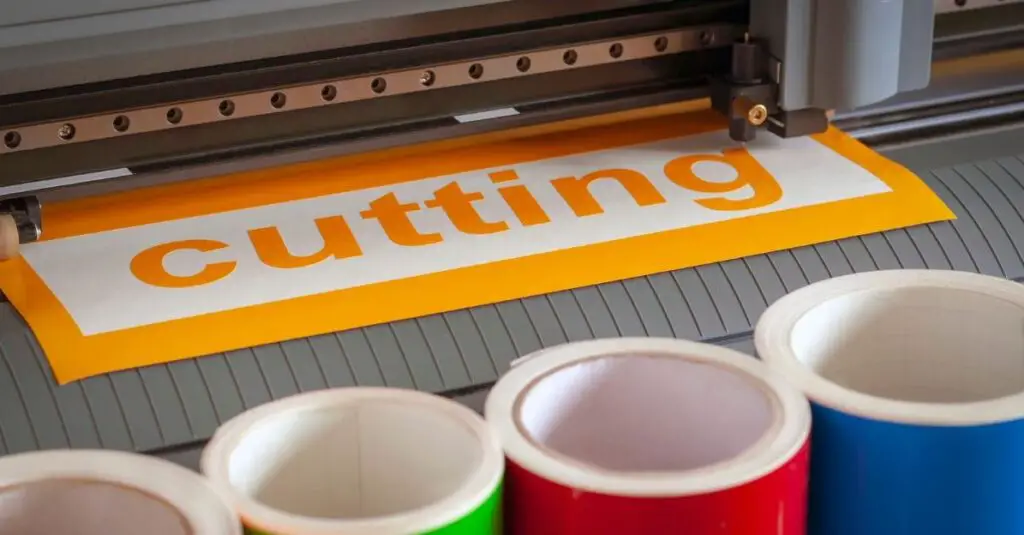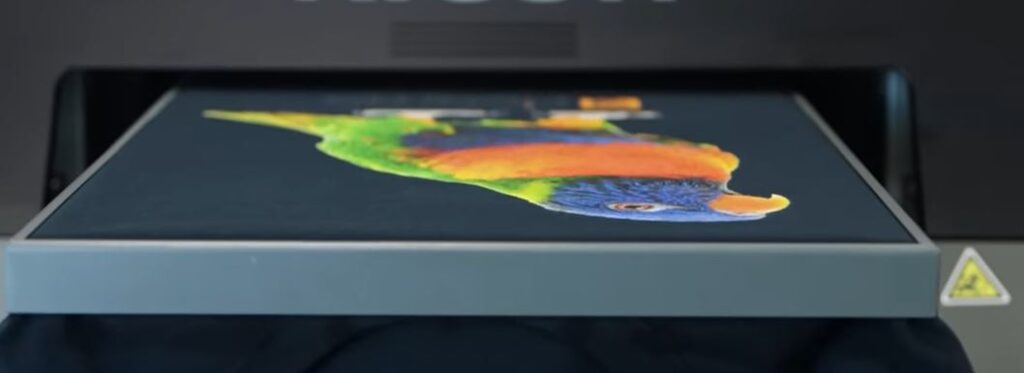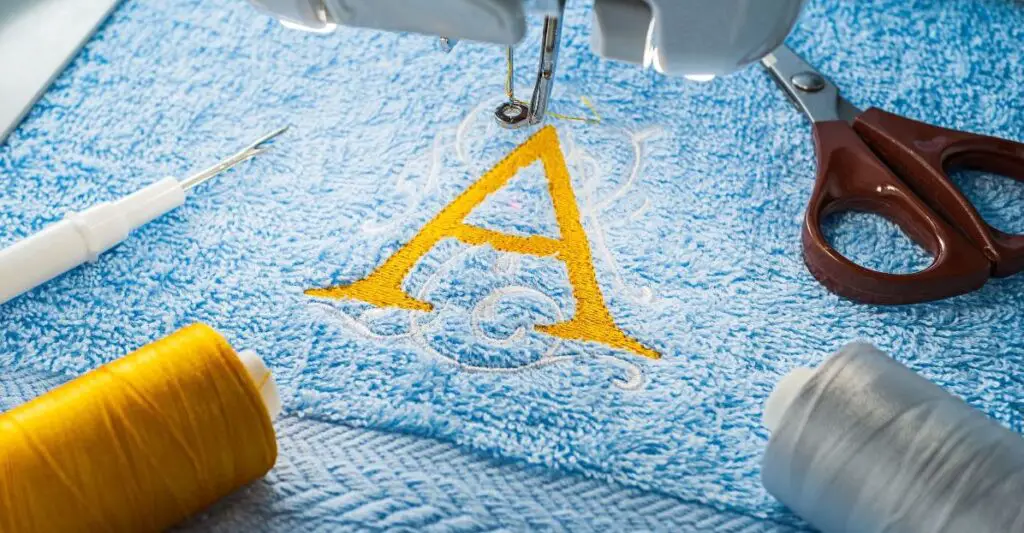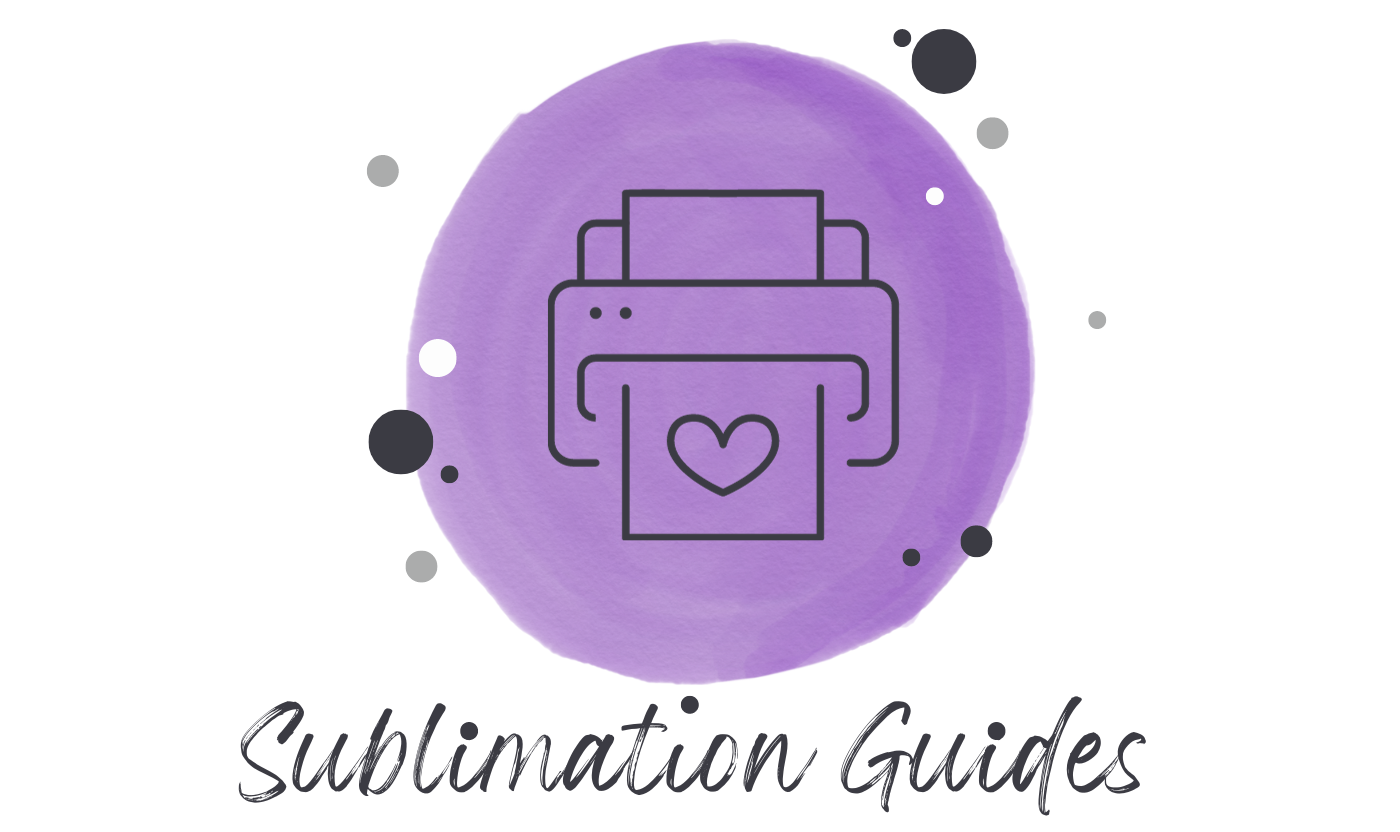Sublimation printing is widely perceived as the go-to method for customizing a wide range of items and materials, from clothing to mugs and beyond.
But if you’re not enamored with that particular process, don’t worry: there are plenty of alternatives out there to explore. From heat transfer printing to screen printing and more.
We are providing you with many alternatives to dye sublimation printing that are convenient and are also long-lasting. In the following article, we show you the most used alternatives to sublimation printing.
Contents
4 Best Alternatives To Sublimation Printing
Sublimation printing is the method for transferring graphics on paper, fabric, objects, etc. The next section lists the best alternatives of sublimation printing with the required supplies, the process, and the benefits.
1. Heat Transfer Method
The heat transfer method is like the sublimation printing method and is used for garments, including t-shirts, hats, and bags. The heat transfer method uses a certain amount of heat to print designs or logos on the desired fabric or object.
Supplies required
For the heat transferring method you need:
- computer (in which you can create designs with graphic design software)
- printer (to print the design)
- heat press
- heat transfer paper
- ink
- vinyl cutter
- heat tape
- heat pad etc.
Process
Firstly, get all the supplies and print the design on heat transfer paper. The garment is loaded and stretched into the heat press allowing the ink to adhere to the fabric easily.
The transfer paper with the design will be placed onto the fabric where you want the image to be printed.
The transfer paper will be held for about 15 seconds and the heat is passed through the paper and fabric allowing the wax ink to melt onto the fabric.
Once the ink had been melted onto the fabric, the fabric was set aside to cool down.
Benefits
- The heat transfer method is used because it is more durable, less expensive, and heat-resistant
- It creates the image with bright colors with high resolution.
- The image printed by the heat transfer method will not be washed off by the water and will not fade away.
In this video you get more information about the heat transfer method and the comparison with sublimation.
2. Vinyl Cutting
Vinyl cutters are used for making signs, logos, and banners. In this process, you have to include cutting vinyl and printing the image on the t-shirt or other objects. Printing is the most common kind used for marketing and banner printing.

Supplies required
In the process of vinyl cutting you need:
- computer (to choose graphic or design)
- color inkjet printer (for printing the design on the vinyl sheet)
- printable vinyl (high-quality)
- vinyl CAD cutter (to cut sheets with accuracy)
- heat press (to print the design onto the T-shirt or any other object)
- other accessories (such as cutting mats, cutting blades, and application tools)
Process
Firstly print all the designs on the sheets by using a color inkjet printer, then carefully cut the design out of the sheet by using a vinyl cutter, then take this cut design and print it on the t-shirt by using the heat press. After the heat press, you will see that print embedded in the t-shirt.
Benefits
- The vinyl cutting method is commonly used because it has a durable final look.
- It does not have any cracks on the final print.
- The main point of vinyl cutting is that it can be printed on any fabric and all the bright and bold colors can also be used which gives the image a beautiful look
3. Direct To Garment Print Method
In the direct-to garment print method, the designs and graphics are printed onto the garment. Direct-to-garment print images onto a wide range of personalized t-shirts.

Supplies required
For direct-to-garment print method the supplies you need:
- computer (to select the design and graphics)
- printer (to print the selected image and design directly onto the garment)
- inkjet printer
- a heat press (to press ink onto the fabric)
- other accessories such as a blower, paper, etc.
Process
It is the easiest and least expensive method that directly prints on the garment. In this method you need to select the design on the computer then you need to set up the digital printer and stretch the fabric on it. Design is printed by using the heat press onto the fabric and when the fabric is cooled down your garment is ready.
Benefits
- Direct-to-garment process produces a wide variety of personalized t-shirts which can be easily ready in less time and it is less expensive.
- The print quality on the t-shirts is beyond imagination.
- It can easily be done at home.
- Many people in the lockdown had started this business to support their lifestyle.
- Direct-to-print government processes are simple to use and do not require a large space.
- It can be operated in a small space and give us a soft print
4. Screen Printing Process
It is the most widely popular process used around the globe. In this process, you can create hand-designed prints on the fabric. It requires a small number of accessories for its long-lasting and durable printing.

Supplies required
For the screen printing process, you will need:
- screen-printing press (which will hold the fabric stretched and stable)
- flashcube (which is used to dry the in quickly)
- exposure unit (which is used to expose the fabric to UV light)
- computer (for the selection of design)
- other accessories such as a pressure washer, inkjet film, spray tack, emulsion, etc.
Process
Firstly you need to create a design template that needs to be printed on the fabric by using the computer. Now place the template onto the fabric carefully. After you set the film, carefully pour the paint onto the fabric And spread it. Lastly, give it some time to dry or you can also use the low settings of the heat press.
Benefits
- It is more durable than any other process because the ink is absorbed into the fabric deeply
- Multiple colors can be used in the same design.
- The main plus point of this method is that you can use any fabric for screen printing.
You might like it: How To Wash Sublimation Shirts Easily In 6 Steps
Less Commonly Used Sublimation Printing Alternatives
It is hard to imagine that there are other ways of printing on fabrics than the sublimation printing method. It is so hard to imagine that most people do not even consider any alternatives that may exist.
But there are many alternatives to sublimation printing and some of them are better than the sublimation process.
Now, we will go through some of these less common alternatives and compare them with sublimation printing. Let’s get started!
Alternative printing processes include offset, silkscreen, letterpress, and digital print. Each one has its unique strengths and weaknesses and is ideally suited for a different type of project. That’s why there are no hard and fast rules about which types of projects work best with each process.
Embroidery
Although many online shoppers don’t realize it, embroidery actually makes a pretty decent alternative to sublimation printing for lower-volume print jobs (which most startups will probably be doing).
Even though a company like Stahls’ Embroidery is a bit too far from some areas of New England, if you’re in a market where these services are readily available, embroidery can be an attractive option.

The cost per item is higher than digital printing but there are no setup fees and fewer minimum order requirements.
Another benefit of embroidery is that you can do multi-color designs relatively easily with just one screen, whereas sublimation requires multiple screens and significantly more time and money to produce multi-color designs. The downside?
You won’t get as high quality or vibrant colors with embroidery as you would with digital printing, although there are ways around that by using metallic threads or other specialty threads which aren’t cheap but add a lot of visual interest.
Still another benefit? The turnaround time on orders tends to be faster than digital printing because there isn’t much setup involved once your design has been digitized and sent off to production.
Create a Mixed-Media Design
If you’re looking for alternatives to sublimation printing, consider creating a mixed-media design instead. Mixed media involves combining two or more types of materials into one product.
This can include ceramics and metal, and fabrics – these are just some of our favorite options! If you’re not sure what you’re doing yet with your designs, consider starting with plain t-shirts before moving on to more complicated customized items like mugs and bags.
Remember that if you want your business to be successful, it’s important that you put in time and effort at every stage of production. You can also see other sublimation guide articles on our website.
Conclusion
Printed and designed personalized items are setting a new trend these days around the world. People are eager to buy and wear custom-designed t-shirts. It is difficult to decide the best alternative to sublimation printing. However, our articles will guide you toward the best option.
All the methods (discussed above) have satisfactory results and are durable. Some of the methods can also be used at home easily with a minimum amount of investment. On the other hand, learning these methods will help you to do easy printing on different materials and with affordability.

Emily loves making things special.
She’s also a mom and a wife who enjoys crafting and runs a small business from her home. She knows that the little things can make a house feel like a warm and loving home. This belief has led her to explore the exciting world of sublimation, a crafty way to add a personal touch to just about anything. Her website shares valuable information about sublimation, her crafty ideas, and tips.

